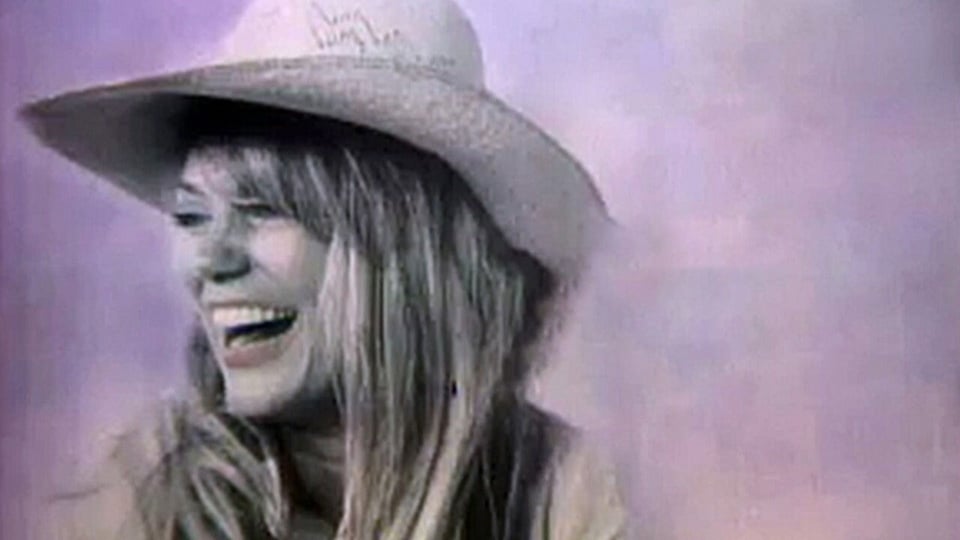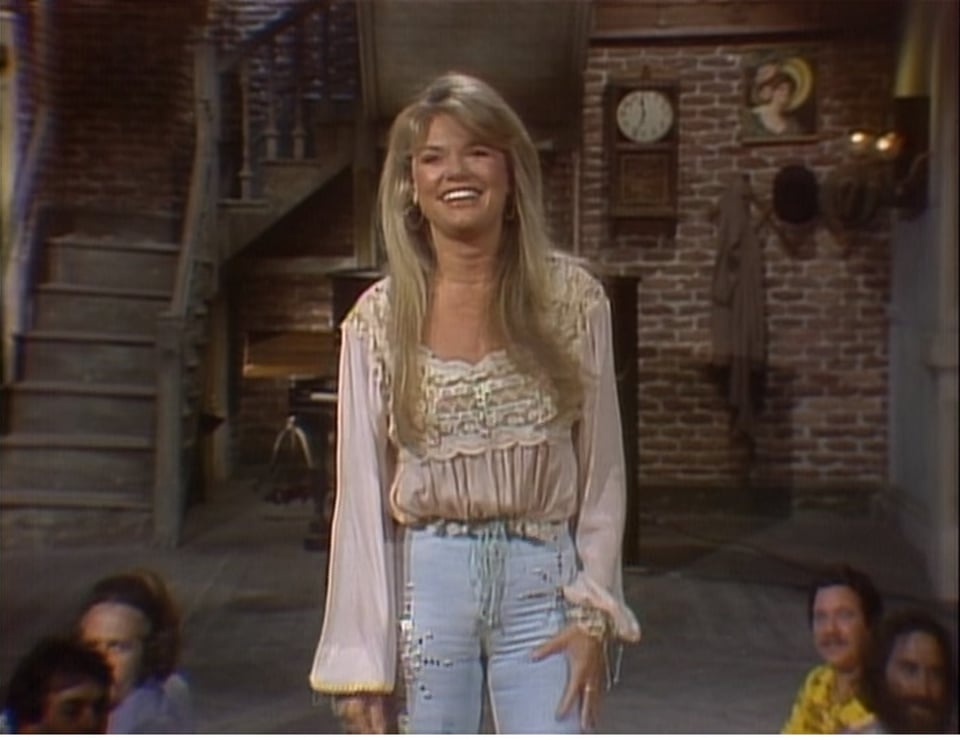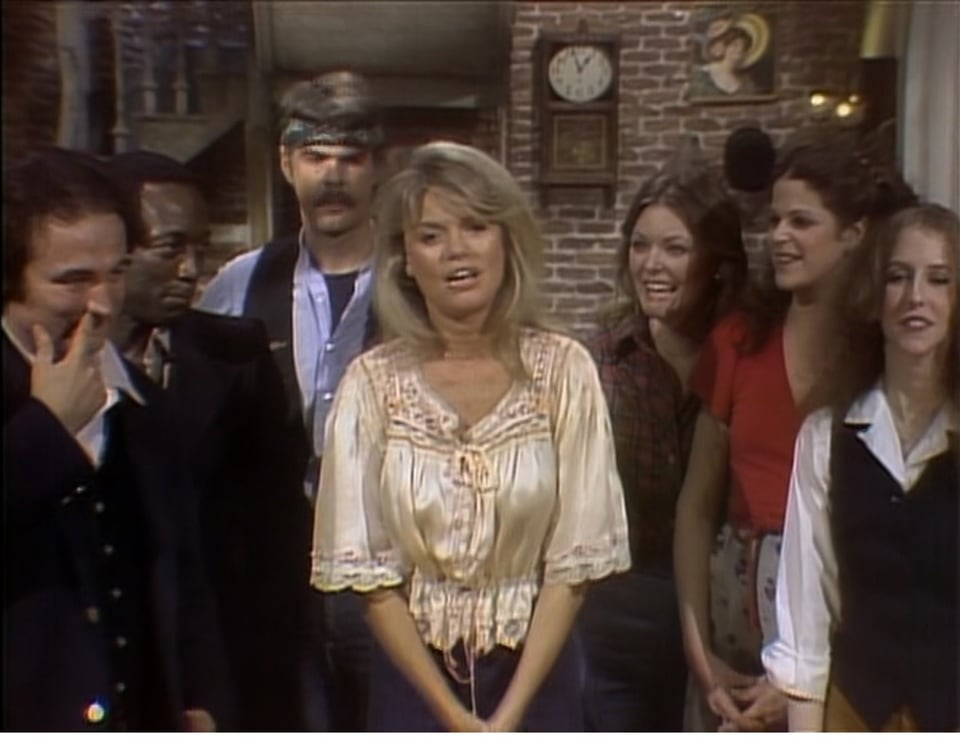It's May 15, 1976, the Host is Dyan Cannon and the Musical Guests are Leon and Mary Russell

Here's some stuff that happened in the past

Lorne Michaels conceived Saturday Night Live as a show for the first generation to be raised by television and grow up with an innate awareness and understanding of the medium’s cliches and conventions.
It was made for an audience all too familiar with commercials, talk shows, game shows, and all sorts of other wonderful garbage that fills the airwaves and pollutes our minds.
On that level, Saturday Night Live is only slightly less of a television show about television than its Canuck contemporary SCTV, which took the form of a fictional television station.
More specifically Saturday Night Live was, from the very early going, a television show about the television show Saturday Night Live. The show embraced post-modernism and made its own creation one of its most enduring themes.

The backstage drama has forever spilled over onto the onscreen action. Chevy Chase’s cold opens grew increasingly meta as the season progressed and Chase’s popularity skyrocketed along with the show.
Crowd-pleasing sketches designed to showcase Chase’s gifts as a physical comedian gave way to sketches about Chase’s frustration over his role on the show and the expectation that he will put his body and health on the line for laughs.
It’s hard to watch old comedies full of slapstick and pratfalls and not think about all of the pain funny men and women have endured over the decades and the terrible physical and psychological problems that ensued.
Chase’s time at Saturday Night Live was no different. He developed the requisite cocaine habit and painkiller addiction partially because of the pain he incurred falling down for money on Saturday Night Live.
Chase had become so successful falling down and writing and performing sketch comedy that he was rewarded with a career where he no longer had to fall down in a new and creative manner every week or write or perform sketch comedy.
Twenty-four ninety-minute-long episodes is a vast amount of time to fill, particularly considering that much of the writing staff and cast were twenty-somethings who had never worked in television before.
Exhaustion had set in. The sketches tend to linger on. The most effective segments tend to be short and sweet, like an advertisement for the bathwater of the Stars that features Dan Aykroyd doing what he loves best and is uniquely good at: rattling off a long string of verbose dialogue with machine gun speed and surgical precision.

Aykroyd hated playing himself and loved disappearing into other characters, the sleazier and more talkative the better.
Otherwise, the show’s highlight is a pair of raucous performances from Leon Russell, who is so white that he’s damn near translucent and you can see his internal organs, and his African-American wife Mary, both of whom are pounding away on keyboards.
In a mildly torturous monologue, Dyan Cannon talk-sings about how she’s realized all of her dreams except for one where a man rides up on a horse and carries her away.
This leads the men in the cast to mishear and misunderstand her monologue in ostensibly humorous ways. Aykroyd is hoarse. Belushi rides on a man named Horace and Garrett Morris shows up with Newman and Radner, who are dressed like what are offensively known as whores.
The episode ends with a near-naked Chevy Chase riding onto the stage on a white horse and carrying Cannon away, per her fantasy.
That’s how popular and powerful Chevy Chase was in the first season; he didn’t just get the laughs and the attention; he got the girl as well. He was the antithesis of a scruffy underdog but audiences loved him all the same.
You just read issue #26 of Every Episode Ever. You can also browse the full archives of this newsletter.
Add a comment: